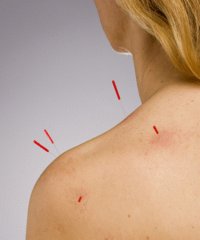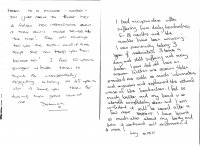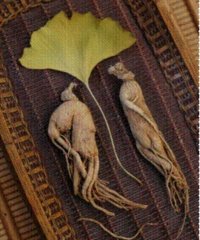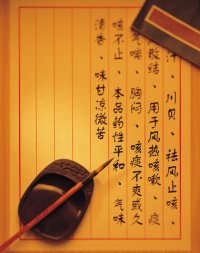Basics of Chinese Medicine


Introduction of Traditional Chinese Medicine (TCM)
Traditional Chinese Medicine (TCM) is an ancient and still very vital holistic system of health and healing, based on the notion of harmony and balance, and employing the ideas of moderation and prevention, using natural therapies such as herbal medicine and acupuncture In Loughborough more and more people accept acupuncture as a effective way to relieve pain, but are still skeptical about herbal medicine and other natural therapies... (read more...)
Diagnosis And Treatment of TCM
With a history of 2000 to 3000 years, Traditional Chinese Medicine (TCM) has formed a unique system to diagnose and cure illness by using natural therapies like acupuncture, massage (Tui-na), herbal remedy etc. The Chineses Medicine approach is fundamentally different from that of Western medicine. Acupuncture in Loughborough has been received well probably due to the popularity of sports, since many sportsman go to acupuncturist for their injuries, though without knowing that acupuncture combined with other natural therapies is very effective to treat other ailments. (read more...)
Therapies of TCM
The typical Traditional Chinese Medicine's natural therapies include herbal remedy, acupressure (medical massage), cupping, moxibustion and qigong exercises and particularly acupuncture. With acupuncture, it is accomplished by stimulating certain areas of the external body. Herbal medicine acts on organs internally. (read more...)
Yin-Yang
The theory of yin-yang is one part of the interpretation of natural phenomena that originated in ancient China. It reflected a primitive concept of materialism and dialectics and played an active role in promoting the development of traditional Chinese medicine in China. (read more...)
Five Elements
Coupled with the theory of yin-yang, the theory of the five elements was another part of the interpretation of natural phenomena that originated in ancient China. It reflected a primitive concept of materialism and dialectics and played an active role in promoting the development of traditional Chinese medicine in China. (read more...)
Zang-fu Organs
Zang-fu is the general term for the organs of the human body, and includes the six zang organs, the six fu organs and the extraordinary fu organs. The heart, lung, spleen, liver, kidney and pericardium are known as the six zang organs. The gallbladder, stomach, small intestine, large intestine, bladder and sanjiao are known as the six fu organs.(read more...)
Qi, Blood and Body Fluit
Qi, blood and body fluid are fundamental substances which maintain the normal vital activities of the human body. They are the material foundation for the physiological functions of the zang-fu organs, tissues and meridians. (read more...)
Meridians and Collaterals
The theory of meridians and collaterals is the foundation of acupuncture treatment. The meridians and collaterals are pathways in which the qi and blood of the human body are circulated. They pertain to the zang-fu organs interiorly and extend over the body exteriorly, forming a network and linking the tissues and organs into an organic whole. (read more...)
?
?


